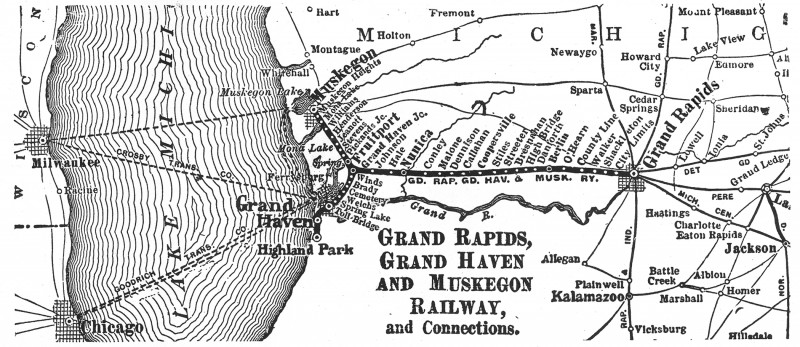A look back of the Lake Line Interurban from the early 1900s
The Rapidian's Nonprofits section features stories written directly by local nonprofits about their work. These stories reflect their perspectives, not The Rapidian's editorial voice.

Sit back and enjoy a ride into the past when the history of the Lake Line Interurban is presented at 7 p.m. Thursday, Nov. 11 at the Gerald R. Ford Presidential Museum, 303 Pearl St. NW.
Carl Bajema, GVSU professor emeritus of biology, will present "The Grand Rapids, Grand Haven and Muskegon Railway: The History of the Lake Line Interurban (1902-1928)." He'll showcase more than 150 images -- photos, maps, advertisements and timetables -- illustrating the widespread rail network in West Michigan that transported passengers and packages in the early 1900s.
The railway, also known as the Interurban, enjoyed widespread popularity because it offered passengers a reliable and comfortable means of travel. During its heyday, most roads were unpaved and travel was mostly by horseback or in a horse-drawn carriage or wagon. In wet weather many roads could become almost impassable.
The network was built to take passengers to several resorts and to the Goodrich dock where an overnight boat once departed regularly to Chicago. The backbone of the system was a group of 15 cars built in 1901 with names such as Merlin, Dauphin and Nautilus.
The program is co-sponsored by the Grand Rapids Historical Society and the Gerald R. Ford Presidential Museum. It is free and open to the public. Parking is free, too.

A core service of the Grand Rapids Community Media Center




